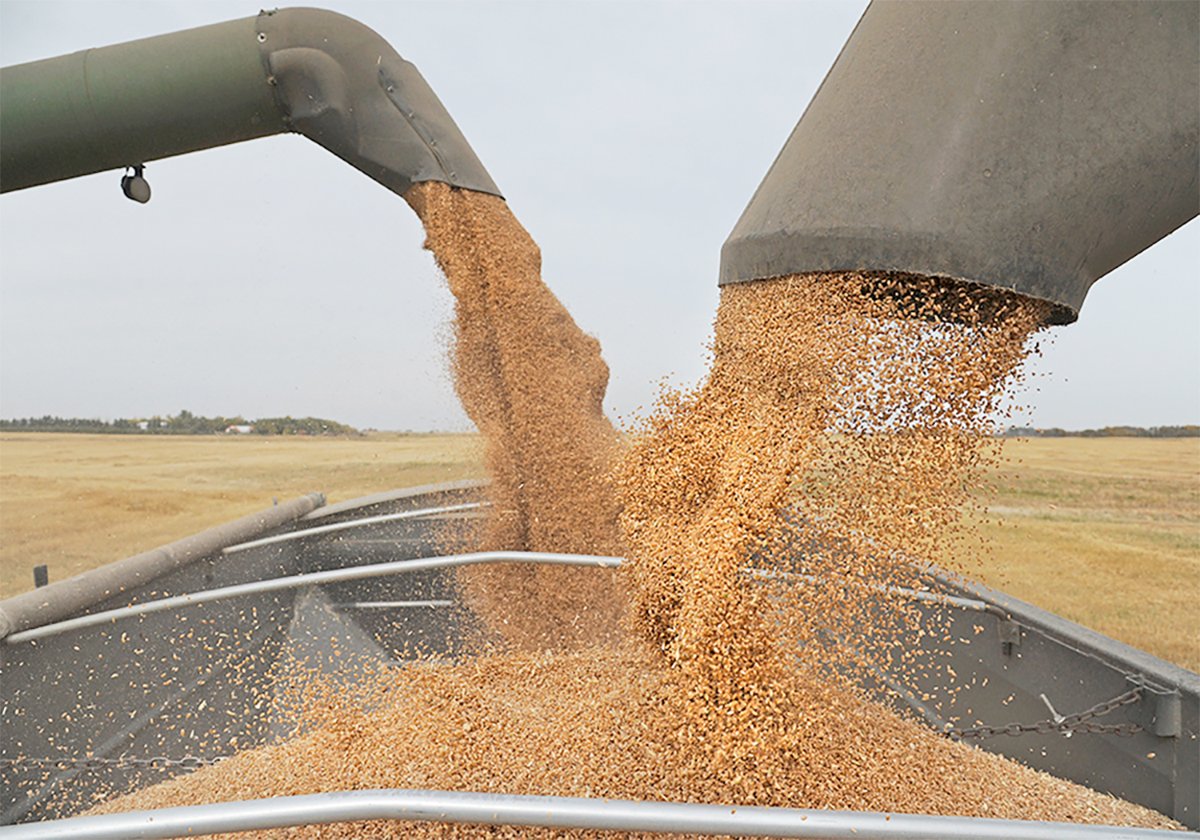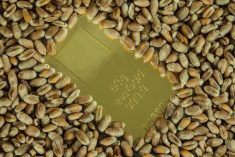There’s a pretty cool formation forming in oats futures on the Chicago Board of Trade. It’s pretty cool, and rather disturbing. It’s a “pennant,” which is related to “flag” formations in technical analysis. Basically, it’s when the highs and lows form converging lines, following a clear rise or fall in prices. (A flag is a rectangular formation, where the highs and lows bounce off of lasting lines of support and resistance.) The converging lines form a long, thin and thinning formation that looks like a pennant, and hangs from the “pole” created by the previous rise or fall.
Read Also

Agriculture productivity can be increased with little or no cost
There’s a way to enhance agricultural productivity with little or no cost. It doesn’t even require a bunch of legislative changes.
In Oats prices have been converging from the early December lows of about $2.00 and the late December highs of about $2.40, moving in a narrowing channel. Cut and paste this address into your browser to see it:
http://www.cbot.com/cbot/pub/page/0,,1386+chart,00.html?symb=O&month=H&year=09&period=&study=&study0=&study1=&study2=&study3=&bartype=&bardensity=
The exciting thing about pennant formations is that they tend to resolve in an explosive move. They rip out of the price zone like a mongoose out of a Safeway bag. As the converging lines come together, they combust at the contact point.
But there’s a problem, in regards to oats prices.
Pennants are known as “continuation” patterns, which means they are something that happens within an existing trend. After the formation is complete, the former trend continues. Since oats prices have been on a down trend, if this is indeed a pennant, the prices will continue downwards very soon. That doesn’t suggest you should be looking for higher oats prices if you have concluded this is a pennant formation.
But technical analysis is more of an art than a science, and there are many ways to look at the same chart and many more way of interpreting the results, and there are no doubt ways of interpreting this sideways pattern as part of a “reversal” pattern, which will resolve in a move upwards. Perhaps this is a rounded-bottom, or a saucer-bottom.
But right now, what this looks like most is a pennant, and that’s not a good thing.















